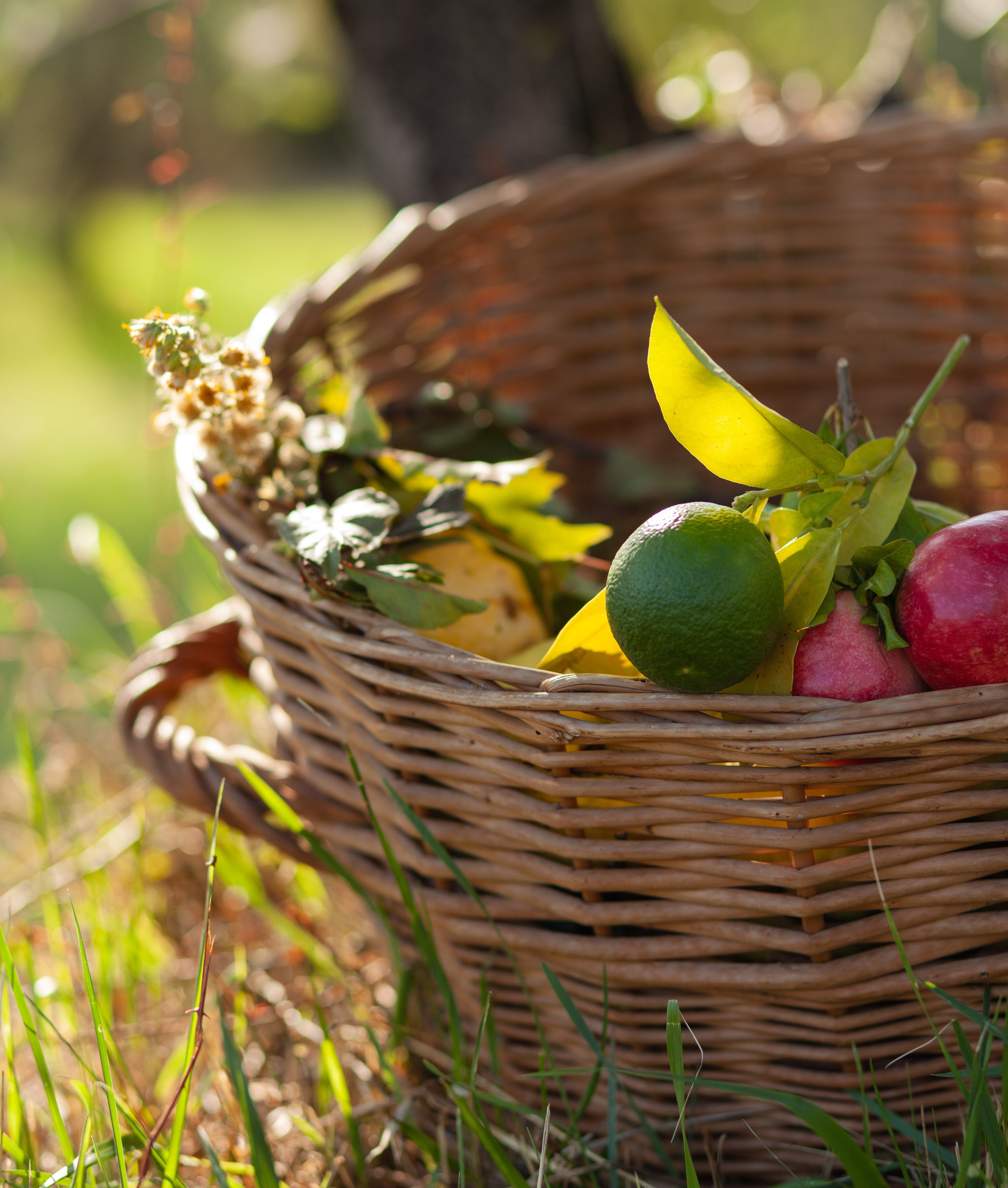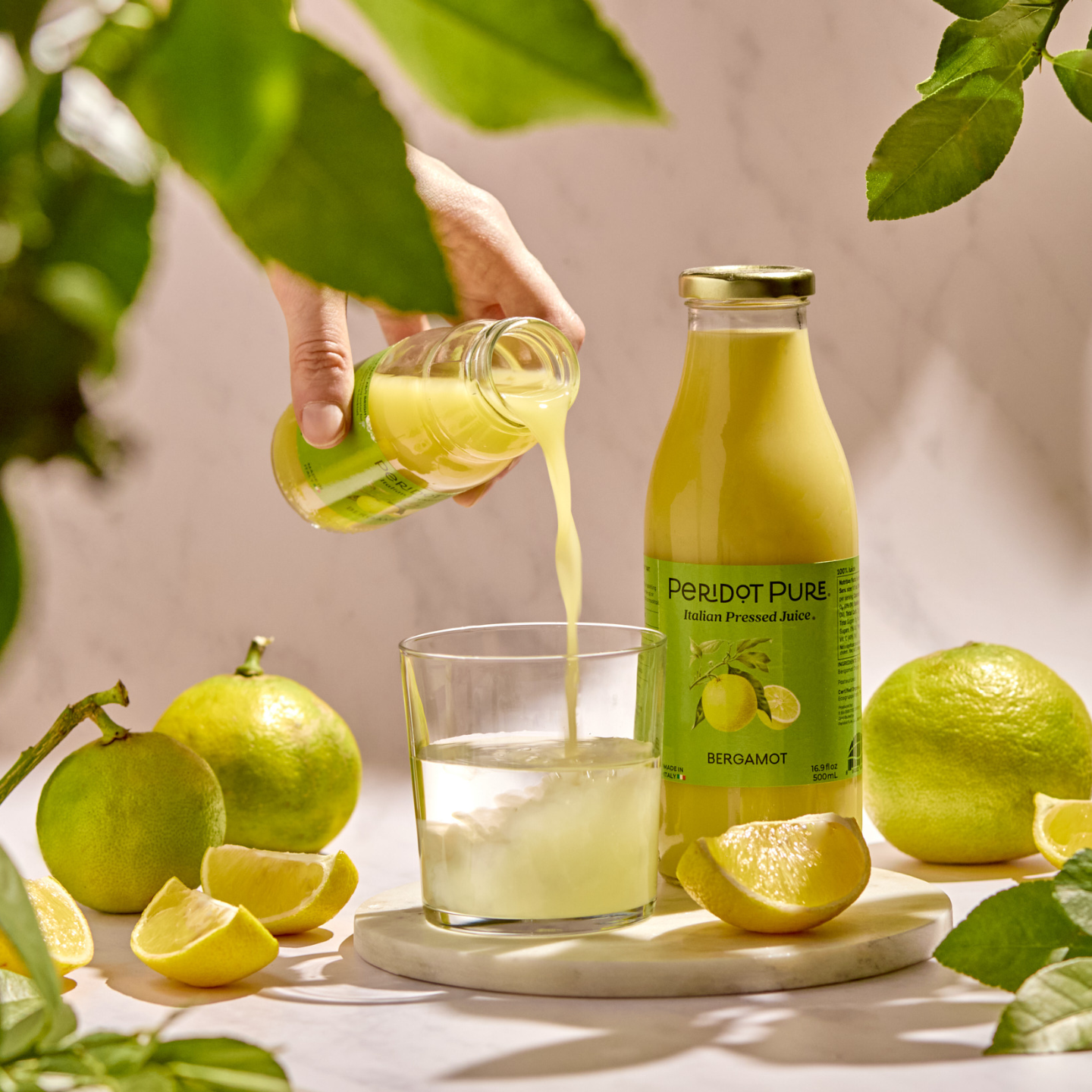The Story of Bergamot: The Citrus You Didn’t Know You Loved

You may not have heard of bergamot, but chances are, you’ve already experienced it. It’s the secret behind the fresh, citrusy scent of fine perfumes, the distinctive flavor of Earl Grey tea, and even a natural wellness remedy. But where does this mysterious fruit come from, and why has it been prized for centuries?
A Fruit with Royal Roots
Bergamot is believed to be a natural hybrid of bitter orange and lemon, though its exact origins remain uncertain. Some say it first grew in Southeast Asia, while others believe Arab traders introduced it to Italy. By the 1600s, bergamot had found its perfect home in Calabria, a region in southern Italy where the soil, climate, and coastal air created ideal growing conditions.
Unlike the rough, dimpled skin of some citrus, true Calabrian bergamot is round and smooth, turning a vibrant yellow-green when ripe. Its aroma is intensely fragrant, and its tart, slightly floral flavor is more refined than a lemon, yet bolder than an orange.
The fruit's name is a mystery of its own. Some say it comes from the Turkish word beg-a-mudi, meaning “Pears of the Prince.” Initially an ornamental plant found in the lavish gardens of Italian aristocrats, bergamot gained fame in 1686 when Francis Procopius introduced “Bergamot water” to France, a refined essence extracted from the fruit’s peel. In 1676, another Italian, Paolo Feminis, used bergamot oil to develop what became known as the Eau de Cologne, which was later commercialized by his son-in-law, Giovanni Maria Farina, in 1709 in Germany. This new fragrance was light, crisp, and refreshing, unlike the heavy, musky scents of the time. It quickly became a European favorite, securing bergamot’s place in the world of fine perfumery and leading to the establishment of its first cultivated orchards.
The Fragrance That Transformed Perfumery
Bergamot oil had a game-changing quality: the unique ability to blend and enhance other scents. As demand soared, Calabria became the center of bergamot cultivation, thanks to its mineral-rich soil, mild winters, and coastal humidity.
Cultivation quickly expanded around the city of Reggio Calabria and along the Straits of Messina, but the tree proved highly sensitive to environmental conditions. Because of its dependence on Calabria’s unique climate and soil, large-scale cultivation never spread beyond this region.
More Than Just a Pretty Scent
Beyond perfumery, bergamot found fame in the tea world as the key ingredient in Earl Grey. But its uses go beyond fragrance and flavor—bergamot is also packed with health benefits. In 2008, Italian scientists discovered that bergamot had natural antioxidants relevant to treating vascular disorders. In 2013, researchers found that its juice exhibited a distinctive flavonoid and flavonoid glycoside profile. The composition of bergamot, particularly its high flavonoid concentration, distinguishes it from other citrus fruits. The polyphenol-rich fraction derived from bergamot juice exhibits significant antioxidant, anti-inflammatory, lipid-lowering, and hypoglycemic properties, making bergamot highly regarded within the wellness industry.
Calabria’s Citrus Treasure
Today, over 90% of the world’s bergamot is grown in Calabria, mainly along the Ionian coast of Reggio Calabria, where generations of farmers continue to cultivate this exceptional fruit using time-honored methods.
A Legacy That Lives On
Whether you experience bergamot in a luxurious perfume, a comforting cup of Earl Grey, or beverages crafted by Peridot Pure, this citrus has been cherished for centuries—and its influence continues to grow.



